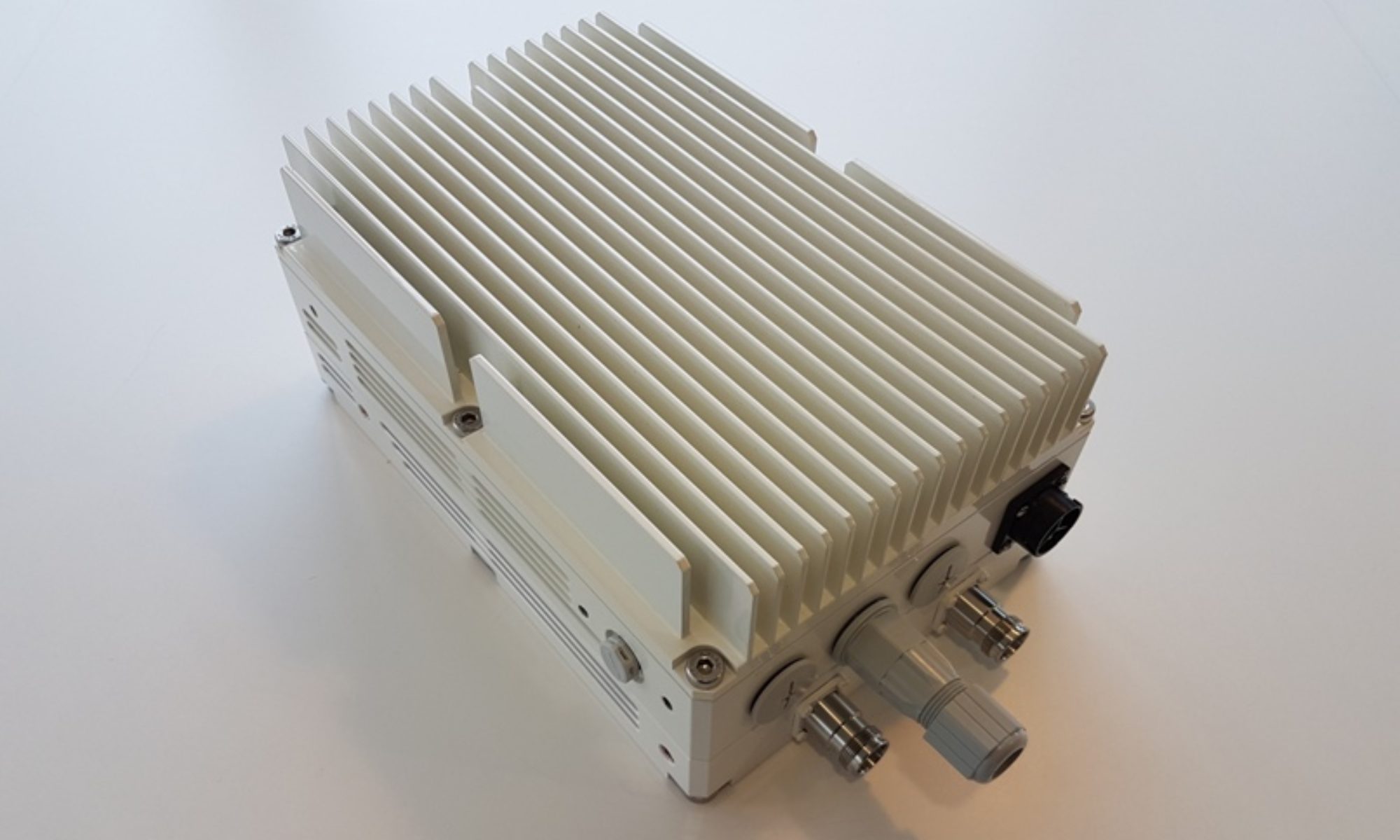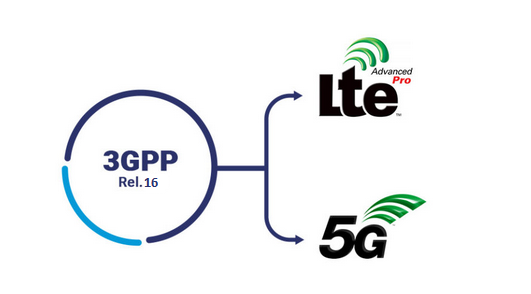In order to understand the importance of low-PIM antennas, cable and connectors in a modern 5G network, it is critical to understand what PIM refers to. PIM stands for Passive Intermodulation. It is a problem that happens largely in passive devices such as antennas, cables and connectors where interfering signals are generated by nonlinearities within a wireless system’s mechanism. Amplitude modulation or the mixing of two signals occurs, producing difference in signals within a specific band leaving behind significant interloping.

PIM: Nonlinearity Effects
Passive intermodulation product is also explained as resulting from the mixing of two high power natures at the nonlinearities of devices, such as in corroded connectors, metal oxide intersections and divergent metals. As the signal amplitude goes up, the nonlinearities effect will be very significant. Higher intermodulation result as lots of products on first inspection would show a system that is not just linear but seemingly incapable of producing intermodulation.
PIM Distortion & Telecommunication
A single internet provider such as a broadband carrier can also produce PIM in case it goes through a fault or a surface that generates PIM. Such distortions in telecommunication signals would look like side lobes interfering with end-to-end channels and hinder coverage. In most communication systems today, PIM is a serious problem. Where there is a sharing of received highly powerful and transmitted signal, PIM interference is a serious vulnerability. After interference of PIM in the path of reception, filtering or unscrambling it is very difficult.
The Real Cause Of Passive Intermodulation
When mechanical components interact, particularly where two distinct metals connect, the result is nonlinear elements. A major cause is mostly unlike material’s junctions leading to Passive Intermodulation manifestation in coax cables, antennas and coax connectors among others. This is brought about by oxidation, loosely done connectors, corrosion, dirt, and rust among others, including any kind of adulteration on the passive devices. PIM is also caused by close metal objects from anchors, pipes, guy wires to roof flashings resulting in a nonlinearity that allows a mix. As the nonlinearity goes up, the PIM reception amplitude also surge.
Other PIM sources to avoid include a number of ferromagnetic materials such as a number of metals like steel, nickel and ferrites. Such elements display hysteresis once they come into contact with backing magnetic fields. Mechanical contacts done shoddily, cracked and cold solder joints, workmanship and manufacturing faults, among others, cause serious levels of PIM.
The Conditions That Bring About PIM
Normally, to bring about Passive Intermodulation, two fairly powerful RF signals rather close in terms of frequency are required. High power transmitters of about 20 watts and above will see the outputs creating PIM. As the power goes up, more severe the PIM effects produced.
Another important aspect to note about Passive Intermodulation is that as the components soar in age, PIM increases. An older system is very susceptible, including surroundings afflicted by high temperatures, lots of air pollution, extreme vibrations or salted air.
Other PIM Negative Effects
Apart from interfering with signals, Passive Intermodulation has other negative effects, especially on a receiver that usually has a high sensitivity. As interference of the signals takes place, the desired signals will be blocked as the noise floor goes up. Interference of the signals has also been deemed to lower the sensitivity of the receiver. In a typical cell signal setting anywhere, the negative end effects would be manifested in serious scenarios such as dropped calls, low system capacity among others.
Which Wireless Networks are Most Affected?
Most PIM problems are mostly susceptible to internet cell networks such as 4G & 5G LTE, HSPA and CDMA. For all of these, Passive Intermodulation is a significant challenge.
FDD-LTE has been cited as being highly sensitive to Passive Intermodulation effects. Where the PIM levels of interference are elevated, the performance and efficiency of LTE networks is greatly hampered. As this occurs, it is possible for the base station to mistake distorted signal as a channel in use thereby refusing to have the channel assigned. The result in the system is the loss of revenue, critical channel capacity and airtime.
Since modern equipment is largely sensitive in its nature, the lowest Passive Intermodulation effect levels are capable of brutally degrading the performance. For instance, a single one decibel loss in uplink sensitivity following PIM interference has been found to lower reception by over 10 percent.
DAS Implementations
PIM problems have been cited in lots of macro sites in external environments, an issue that had to be sorted out. In DAS (distributed antenna systems), the reliability and high data amount values are critical; lots of components appear in the path of the radio frequencies leading to PIM effects. These systems require passive components from directional to hybrid couplers, coax, and splitters among others to be placed near the source of the signal. As a result, passive components PIM specification has to be of the utmost level.
Modern Passive Components And PIM
Modern low-PIM passive components such as connector series are designed with installation ease in mind to provide the most desired mechanical and electrical reliability. They come in handy where low-Passive Intermodulation effect connection is required such as in installations in need of coax lengthy cable jumpers for the provision of low Passive Intermodulation levels and superb RF performance.
What Low-PIM Means to the Network Operator
To any consumer, integrator, or installer, high PIM levels mean the cellular reception will be very poor and the bandwidth will be limited. For a carrier, it means customers will not trust their cellular services and will probably move on to competing service provider. Low-PIM passive components mean that the signal will be strong offering extra and reliable bandwidth for customers and a perfect scenario for all involved. As a result, the modern low Passive Intermodulation antennas, cables and connectors among other passive components are designed for everyday use in a design perfectly harnessed to lower Passive Intermodulation. All these components arrive ready for use having been tested for seamless installation.
PIM Testing
Today users expect their cell phones to have a consistent signal no matter the mobile device they are using. All network operators work tirelessly to ensure the signal is highly improved. Cell phone signal boosters offering perfect signal amplifiers for use in residential and commercial setups where the signal is poor and unreliable, including every single passive component maker is alive to the PIM effect. Therefore PIM testing today is a highly critical process that will probably continue being so.
A typical 4G LTE network sees a high capacity 100 Mbps to 1Gbps data rate and increasing each year. Such a high rate of transmission keeps on exposing the susceptibility of networks to PIM interference on a large scale. The fidelity of a 4G LTE is hedged on network superiority than 2G or 3G networks.
The carrier, consumer, low-Passive Intermodulation components manufacturer, cell phone signal boosters and antennas manufacturers as well have to always consider Passive Intermodulation interference in their assembly processes. Passive Intermodulation testing and assuring peak low-PIM performance is thus imperative.
Low-PIM Connectors
Low-PIM connectors for instance are designed with contact connectors on the outside and center using a single construction piece as much as possible. N-type connectors among others are being over-molded in a way that eliminates thermal stresses, vibration and wind effects.
The design incorporates lots of aspects and forces of contact assuring sufficient pressure for the prevention of Passive Intermodulation, including gold or silver-plated mid contacts while the connector bodies are white bronze or silver plated. All passive components from connectors, cables to antennas are being manufactured in controlled environments by highly trained professionals who understand the desirability of low PIM.
Passive Intermodulation DAS Specifications
Low-PIM specification for DAS solutions is very important. To know how low you should aim for, you can stick to the vendors mostly aimed -110 dBc or -153 dBc for top of the range solutions. Note that the specification need to be constantly spread in all the bands from 4G LTE, 3G to 2G right from the 700 MHz frequency to as high as 2.7 GHz. This assures a consistent superb performance for every device and satisfaction for every customer.
Passive Intermodulation Effects During Installation
Even with the proper top quality low-PIM passive components and DAS solutions you can still suffer Passive Intermodulation effects. This can happen as you install or after installing the low-Passive Intermodulation passive device. If you have suspended ceiling grids or you rebar ceiling grids, you have metallic objects on the path of the cell signal, identify this with a view to minimizing Passive Intermodulation. At times, these metal objects are hard to avoid. Directional antennas can help mitigate their effects to a greater extent.
Seek to ensure connectors, cables and other low-Passive Intermodulation passive components installed are periodically inspected to avoid such effects as corrosion. As the component deteriorates without proper inspection Passive Intermodulation will be elevated.
The most important thing is to stick to low-PIM interior antennas, low-PIM RF Splitters, as well as cables, connectors, couplers and other passive components. Low-PIM solutions will eliminate the costly requirement of upgrading these components, ensuring your cell phone signal is never interrupted by high-PIM effects.
For Further Information
Please Contact Us

